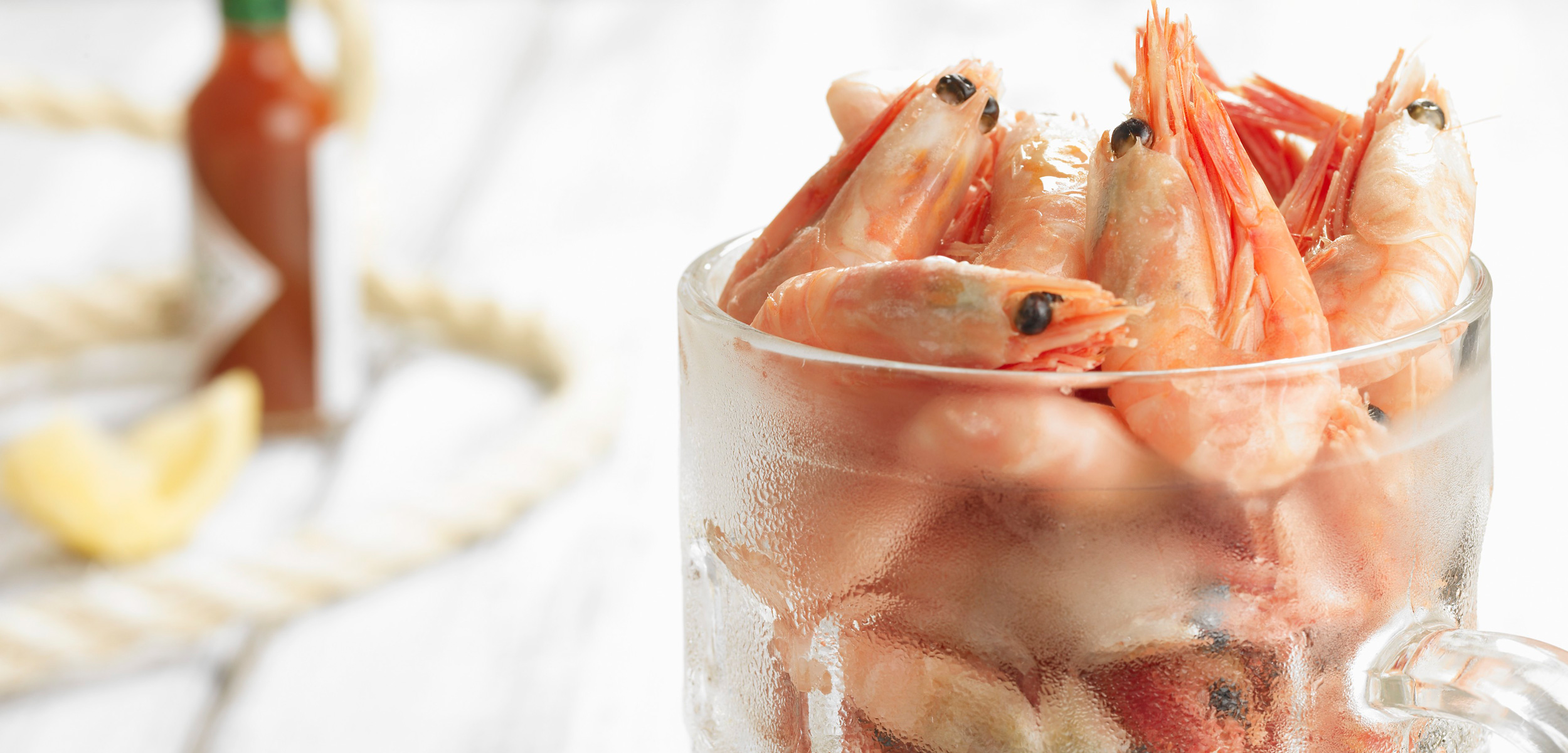Beer-battered Shrimp, Inside and Out
The leftovers from beer brewing are a surprisingly hearty meal for shrimp.
Article body copy
On a hot, muggy summer day there is little better than relaxing on a patio with a plate of fried shrimp and a cold beer. Yet if a few scientists have their way, these seasonal favorites will soon see their fates intertwined long before they ever hit your taste buds. As a team of researchers recently showed, shrimp not only survive, but actually thrive, when raised on the leftovers from beer brewing.
White shrimp aren’t picky eaters. Normally, they’ll munch on just about anything they come into contact with, from plankton to small fish. In a pinch, they’ll even eat each other. When your other option is cannibalism, it’s no surprise beer is a hit.
Yet as the researchers found, white shrimp don’t just tolerate beer waste. Shrimp fed beer-brewing leftovers actually gained more weight than shrimp that ate cassava or molasses, the normal feed used in shrimp farming.
As fun as it is to imagine a school of drunken prawns swimming in porter, the feed used by the researchers was a little less sudsy. What the shrimp actually ate was the beer brewing leftovers—all the grains, sugar, and yeast that had already been through the brewing process. Shrimp will eat the beer waste itself, but they’ll also eat the protein-rich mats of microbes that join in on the banquet. In this way, the shrimp get a diverse and nutritious meal that’s more than just hops and malt.
Using beer waste as food isn’t a totally new idea. Farmers raising cattle have used it to feed their animals for years. This practice, however, has come under close scrutiny from groups like the U.S. Food and Drug Administration, which last year issued proposed rules to regulate the practice. The final ruling on that is expected by the end of August.
White shrimp are an economically important species in a few areas of the world. They’re harvested in the wild in the United States, and farmed in parts of Asia and South America.
While the harvest of wild white shrimp is still viable, there is a growing interest in the United States in farming shrimp as a way to get a slice of the US $5.3-billion import market. The catch? In order to be economically viable, American shrimp farms would need to be large, producing enough shrimp to compete with established overseas operations.
As far-fetched as it might sound, a pairing between the exploding craft brewing industry and shrimp farmers could work out well for both parties. For shrimp farmers: a constant stream of cheap food. For breweries: another way to get rid of some of the hundreds of tonnes of food waste they produce each month. Though the research is still in the preliminary stages, at least one small-scale trial seems to suggest the plan is viable.
So now the real question becomes: In the future, could we see shrimp on the menu that’s both beer-braised and beer-raised? Yes, please.

